How to Start a Travel Blog: The Complete Guide
- Category : Development
- Posted on : Sep 11, 2018
- Views : 2,278
- By : Kapueo I.

Many people dream about traveling the world for a living; and there are people that are actually able to do so that aren’t pilots, flight attendants, or businessmen. These people are known as travel bloggers and they get paid to visit and write about their major passion in life: travel.
Before you think it’s all a dream, it’s time to debunk a few myths and tell some truths about how to start a travel blog. ?
Travel Blogging Truths
Who wouldn’t want to be a travel blogger? Travel can be expensive and the idea of having someone else cover your costs is certainly enticing. But it’s not all about grabbing trips to Paris in first class. Travel blogging is just like a job.
Travel blogging isn’t easy. The fact that you’re traveling and getting paid to do so while staying in top accommodations is what most people see. They don’t realize that there are a lot of struggles that go hand-in-hand with figuring out how to start a travel blog.
Here’s what you need to know before getting started as a travel blogger:
- It’s a saturated niche. Everyone wants to ride the wave of being a travel blogger, thinking it’s all rainbows and sunshine—that by virtue of having a travel blog (and a few followers), they can request comped stays at 5-star hotels. But it’s not that easy. There are plenty of travel bloggers that spent a long time building their empire before they took off to the point where they received any special perks (or compensation).
- Many times, you’re behind your computer. Being a blogger is like having your own magazine and being the editor, photographer, writer, and stylist—all in one. Some bloggers have teams now, but in the beginning, it will be just you. Taking and editing photos and/or video, write-ups, SEO, social media scheduling: all these tasks will require a fair amount of time stuck in front of your computer.
- Writer’s block. Companies pay you for content, and to be a successful travel blogger, you have to follow deadlines like any regular job. Creating great contentwhile at the same time, experiencing what every place has to offer isn’t easy, especially when you just want to relax and you’re on a tight deadline.
- You won’t earn a fixed income. As with freelancing in general, you’re only as good as your next project. You’ll also have to think of travel blogging as an expense at the beginning. After all, how will you start writing about places you haven’t been to? You have to invest some money to do the traveling that will serve as the subject for your content.
- If you’re a solo travel blogger, it can be lonely to go from place to place on your own. And since you aren’t in a place for too long, you’ll constantly make and break friendships and connections.
- Not knowing what’s next. Becoming a travel blogger may seem exciting at first, but you have to be constantly planning for what’s next. There may be a time where travel loses excitement or you run out of funds and you’ll need to plan accordingly.
If you just want to learn how to start a travel blog for the sake of sharing your travels, then these truths may not apply to you. Your expectations and ambitions will be based on self-fulfillment (and perhaps sharing your adventures with friends and family) more so than building a brand to appeal to sponsors.
How to Start A Travel Blog
Not scared away by the harsh truths of travel blogging? Here’s how to start a travel blog, step by step:

Choosing a Niche
There are two basic ways to get started: travel then figure out how to start a travel blog, or plan to start a travel blog then do the actual traveling. The motivation for the people in the former situation is likely just that they want an outlet to share their travels to family and friends, while the latter is more suited to those that plan to expand and monetize their travel blog in the future.
Like food blogs, travel blogs are a dime a dozen, so it’s best to start by choosing a niche (especially when you eventually want to earn from travel blogging) that will help differentiate you from the pack, since general travel blogs will usually not fare well when it comes to SEO efforts.
Travel Blogging Sub Niches
There are so many travel blog niches you can think of and fill a need for. To some, their niche comes naturally. For others, it could take a while to make a decision. Here are some questions you can ask yourself when determining a niche for your travel blog:
- Why do I want to blog?
- What am I passionate about telling or teaching to others?
- What are my skills, strengths, interests, and expertise?
- Can I write about this topic for a long time? The niche shouldn’t be too broad or too narrow.
If you’re looking for inspiration, here are some of the more popular travel niches:
- City blogging: Focused on your city (you don’t have to travel that far, and you perhaps know the topic better than most)
- Country-focused: Destinations around the country
- Area/Region: Like South America or Southeast Asia-focused
- Demographic-focused: Like travel blogs specifically targeted to Americans/American passport holders
- Budget travel
- Luxury travel
- Solo travel
- Female travel
- Traveling for work
- Adventure travel
- Family travel
- Empty nesters/traveling for seniors
- Traveling with disabilities
Or if you’re really ambitious, you can even blog about your worldwide journey, as Gary Arndt has done on Everything Everywhere. He sold his house in 2007 and has been traveling around the world ever since (over 175 countries and counting).

To be sure that someone will want to read your blog, search for your competition (to validate if there’s an existing audience for your idea). You might even want to utilize a tool like Ahrefs or BuzzSumo to look up some of the most popular content in a niche, such as “Traveling in South America,” to get an idea of what other bloggers are writing about. Then ask yourself, can you do this better?
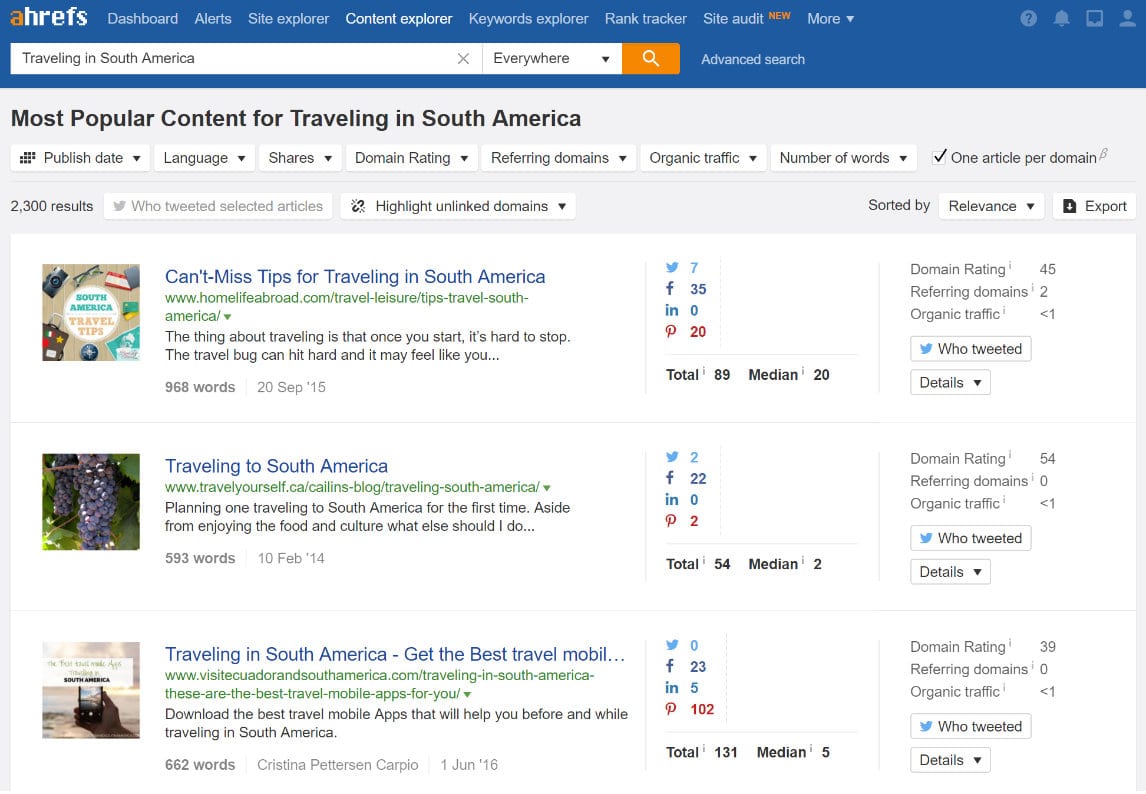
Alternatively, you may want to try and be the first in your niche. If you can, find a gap in the market. If you find yourself asking “Why hasn’t anybody done this?”—do it yourself!
Branding
Most bloggers market themselves as brands. Your brand is what you’re known for and known as. It’s what makes people say “That is so XX!” when they see a piece of your content.
Aspects of blog branding include:
- Your blog name and niche
- Your blog’s overall look: the theme, fonts, logo, color palette, images you use, and so on
- The voice of your writing
Coming up with your Blog Name
Your blog name is important because it’s also what your blog is known as (your brand). While you’ll be able to change many things about your blog over time, your name is something you should stick with. Give it a fair amount of thought before deciding on it.
Not sure what to call your shiny new travel blog? You might start with your own name, a play on that name, or a mix of your name and travel-related terms. A few general rules for settling on a blog name (which will also be your domain name):
- It must easy to recall and easy to spell
- It should also be not too long
- It must not contain hyphens or numbers
Some brilliant travel blog names to look to for inspiration include Nomadic Matt, which is about a guy who travels the world, Adventurous Kate, a blog about a girl who quit her job to travel the world, and The Blonde Abroad, which is about a solo female traveller who is (you guessed it) blonde. There’s also Tanks that Get Around, a travel blog/travel tank top shop.

Setting up the Blog
A professional blog has three technical elements you’ll need to setup: domain name, blogging platform, and web host.
Choosing a Blogging Platform
There are many free blogging platforms out there, like Blogger, WordPress.com, and Tumblr. Any of these options is fine for a personal blog, but if you plan on monetizing your site, a self-hosted WordPress blog is your best bet.
The other platforms come with their own restrictions, but with a self-hosted WordPress site, you’re free to customize it completely. Self-hosted WordPress also allows you to grow and not worry about having to change platforms later if your travel blog suddenly becomes super popular. Read more about the differences between WordPress.org and WordPress.com.
WordPress powers 33% of the internet, is super user-friendly and has flexible customization options. It is used on many different kinds of websites, be they blogs, ecommerce sites, news portals, or business sites. Due to it’s open-source nature, WordPress is free to use, however creating and maintaining a site might cost you some money.
While the content management system you choose is free (assuming you choose WordPress), you’ll have to pay for your professional domain name and web hosting.
Choosing a Reliable Web Host
The web host is where you store your website’s files. Hosting plans can be as cheap as $4/month and can be upgraded to give you more storage space and bandwidth for visitors as your blog grows.
It’s important to choose a reliable and stable web host that does not have too much downtime. If you’re starting out, you might be better off with shared hosting, which means you’ll be sharing a server with other blogs. The downside is, your blog may load slower because you’re sharing resources with other websites. Also, you might have to spend more time fiddling with your site.
Managed WordPress hosting through a company like Host SEO has its advantages for those interested in how to start a travel blog. Since you’re on the go, the last thing you have time to worry about is downtime or messing around with your server. Additionally, you might not always have access to the best internet connection to fix things. Falling back on a reliable managed host might actually save you money.
A few other things to look out for when deciding on a web host:
- WordPress optimized
- Good customer support
- Automatic backups
- Ample storage space
Customizing the Blog’s Look
After you’ve installed and setup the free WordPress CMS with your web host, you can focus on setting up your blog’s look and feel—an important aspect of branding.
Customizing the following will help your travel blog become your own:
- Theme: You can choose from both paid and free options. There are themes that cater specifically to travel blogs. When you’re just getting started, don’t overthink your blog’s theme. You might want to start with a free one first, because unlike your blog’s name, you can change the design later on.
- Header: The header is located at the top of your blog. You can use the header to share your blog’s name as text or upload a photo file with your logo.
![]()
To help with the process of choosing the blog’s overall look easier, you can make a branding board. A branding board includes:
- Color palette: Have a set of 2 to 3 complementing colors (anything more would be distracting).
- Fonts: 3 at most. Think one for your logo, one for headings, one for body copy.
- Images that reflect what you want your blog to evoke when visitors drop by your site.
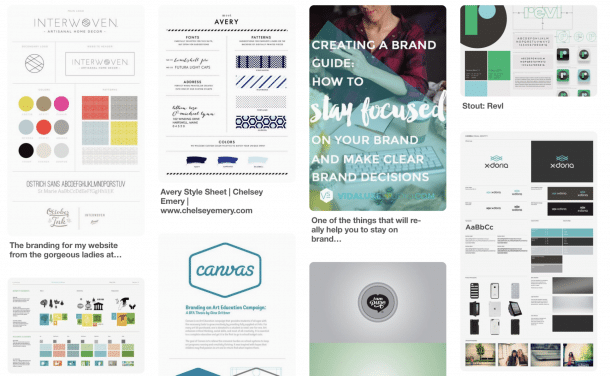
Increase Blog Functionality with Plugins
What attracts many users to WordPress is the customizability it offers thanks to plugins, which are codes you can install to add functionality to your site. Since you’re just getting started, defer to the experts. Blogging Wizard shares some of the must-have plugins that can help with SEO, analytics, backups, safety, and speeding up your blog.
There are also some plugins to consider that were created specifically for travel blogs. These include:
- Travel Map: To show your readers which places you’ve been

Whereabouts: Sets your location so readers can see where you’re currently at in the world

You might also want to add an Instagram plugin to show off your travel photos on your blog.
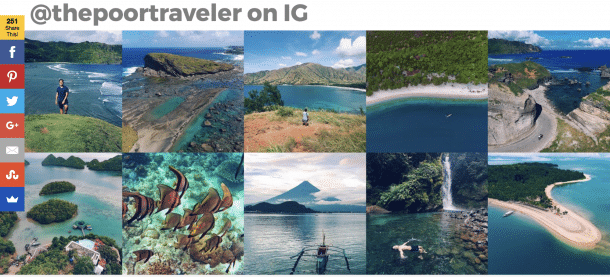
You might also consider installing affiliate plugins, but we’ll talk more about that in the latter monetization section.
Content Creation
The most important part of a blog is the content. Content shouldn’t just be confined to articles (or text); it can also take the form of photos (graphics, infographics), videos, and audio (podcast).
Of course, you shouldn’t start with all of these different types of content at once—it can be overwhelming. Instead, you can start adding new content types as your blog starts growing and you get the hang of running it.
Content
There is no right or wrong way to write. Many people adopt a journal way of writing—telling people about their day or experience, while some go for how to guide types of posts.
The best kind of blogs are the ones that deliver a mix of content types. Many people that read travel blogs are after the information you can give them about a place, while your unique voice (which adds to the branding part of the blog) is what will draw readers to you.
If you plan to travel after setting up your travel blog, you can plot out what content to write, what places to feature, what angles to write about. Ideally, you’ll have at least 15 posts ready to go before launching. This will give you time to consistently release content as you work on your next pieces, while giving readers enough content to stick around and read.
Tips to Optimize Content for SEO
There’s no hard and fast rule for content length and ranking on Google but in general, the longer, the better.
Though the in’s and out’s of proper on-page SEO are outside of the scope of this article, here are a few quick hits for setting up content for success:
- Use headings to organize your article (and to strategically make use of keywords)
- Write titles that people will pique people’s curiosity so they will share your post, but don’t be clickbaity (meaning, truly back up the article with great content). Also, write titles the way people search.
- Use keywords in URL slugs
For a more advanced study of SEO (that’s still beginner-friendly), check out our WordPress SEO checklist and some recommended SEO plugins you should start off.
Asher Fergusson, a successful travel blogger, and Host SEO customer said that the secret for his rapid growth in organic search rankings was to conduct a controversial research study. After having a nightmare Airbnb experience with his wife and 10-month-old son in Paris he decided to review over 1,000 horror stories to see what’s most likely to go wrong. The resulting article titled, “Is Airbnb Safe?” led to being featured on the front page of Reddit and was picked up by dozens of mainstream media outlets. This boosted the SEO strength of his entire website.
Photography
People are visual creatures, which is why platforms like Instagram and Pinterest are so successful and growing at a rapid pace.
Taking great photos or videos that make viewers feel like they are there or will want to be there will attract more visitors to your blog. The photos will also be used for your blog promotion; pretty photographs with catchy titles attract people on sites like the aforementioned Pinterest.
While you’re thinking about images, don’t forget to optimize your images, both for performance and for SEO. You can’t just upload full resolution photos to your blog and expect them to load fast. You’ll need a little help from an optimization tool or plugin. Name your files something meaningful (and short), as Google looks at things like these when it chooses what to index for Google image search. Which tools and how to showcase your photos you can read our guide: 8 Best WordPress Photo Gallery Plugins.
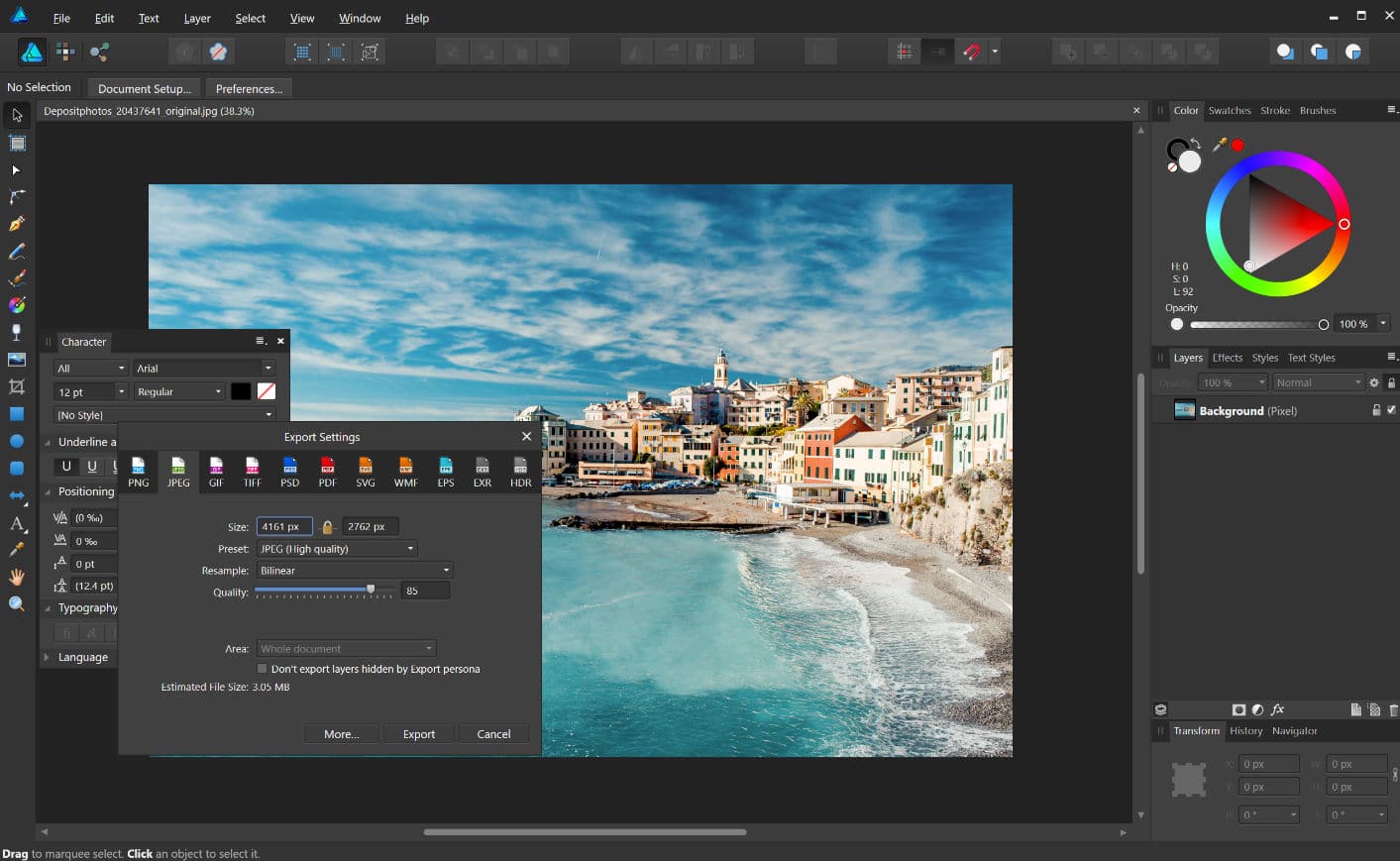
Promotion
There are three main ways to promote your blog:
- Social media: The easiest way to promote your travel blog is through your own network, but social media, with hundreds of millions of monthly active users, is also known for targeted advertising, meaning that it can help your content reach the people most likely to care about it. Hand Luggage Only’s Instagram is a great example of a beautiful travel photo diary. Another awesome platform where you can promote your content is Pinterest. We wrote a detailed guide on the best Pinterest marketing tips.
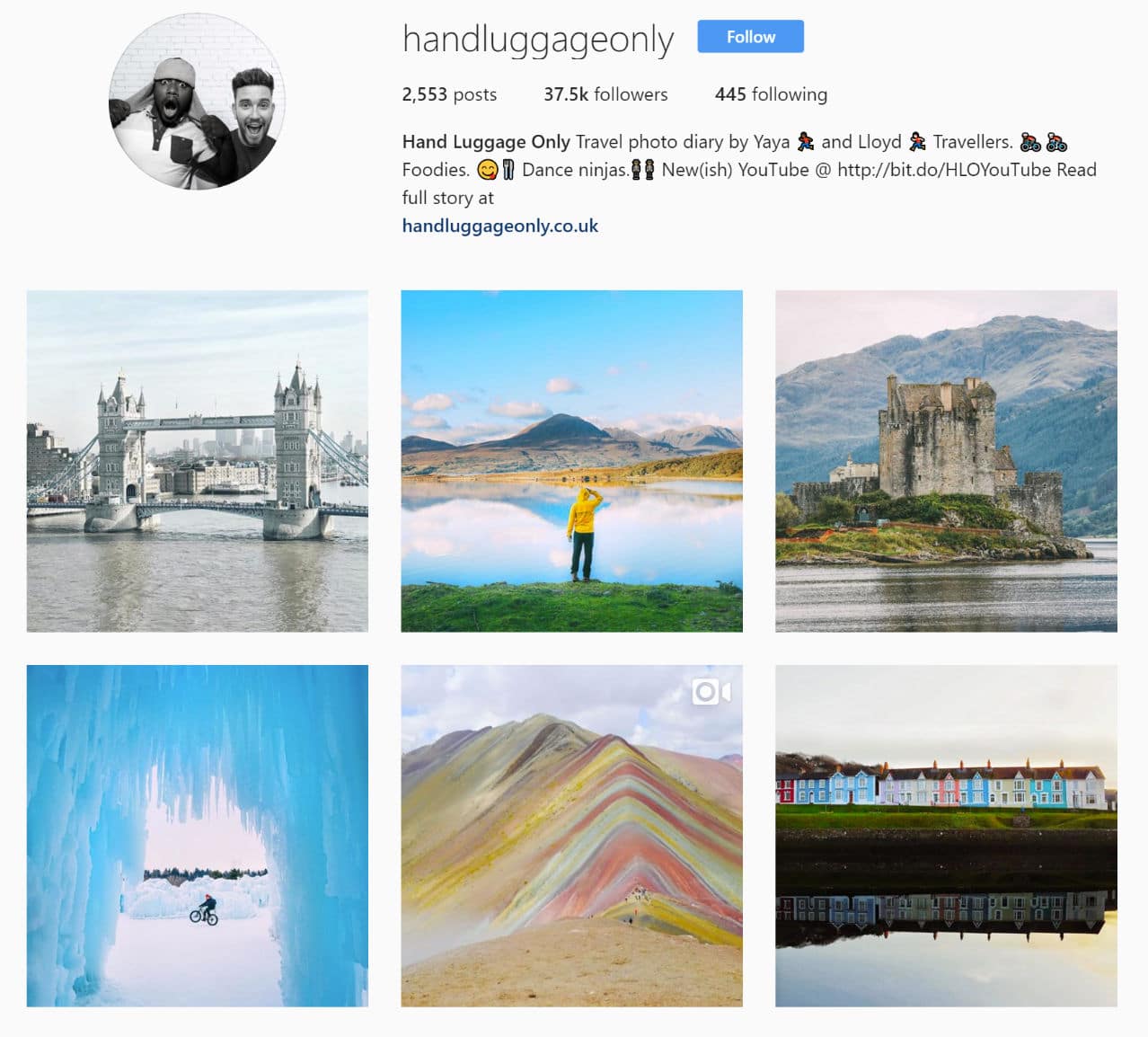
- Traditional media: Getting featured on newspapers and magazines is good exposure, even for an online entity. In fact, this is how popular blogger Nomadic Matt quickly grew his following.
- Search engines: The largest potential source of traffic, but comes with a lot of competition.
Writing guest posts is another way to get backlinks to your site from more prominent travel blogs. On another note, collecting email addresses and sending out email newsletters is an effective way to get more views because it gives you a direct connection with your subscribers (unlike social networks, which may restrict reach to your existing followers).
Nomadic Matt, arguably the most popular travel blog, recognized the potential for these tactics but went in a different direction. He pitched guest blog posts to finance blogs on how to save money traveling. He guest posted on entrepreneurship podcasts to talk about how he was able to build a business from his travel blog.
These tactics set himself apart from others, and also introduced his site to multiple different audiences.
Travel Blog Monetization
There are several ways to monetize your travel blog, but when you’re starting out, it can be tough. What many travelers (or digital nomads) do to sustain their traveling lifestyle while working on the road involves accepting jobs as virtual assistants, doing freelance writing, consulting, or offering some other type of service.
Ways to Make Money from Your Travel Blog
Besides using your personal brand to get clients for services you may be interested in offering, there are many other ways to make money from your travel blog:
- Affiliate marketing: There are affiliates for everything! Travel accommodations, travel insurance, travel gear and even web hosting. Every time someone clicks on the link and makes a successful purchase, you earn a small commission. While many bloggers have made tons of money using this tactic, it’s wise to note that merchants pay a relatively small amount for every sale made, so expect that you won’t make a lot—especially when you’re just starting out and don’t have a lot of traffic.

Sponsored posts: Some companies will ask you to write a sponsored post in exchange for money, but the downfall is, your readers may find this ingenuine.

- Sponsored trips: Work with private companies or brands and tourism boards. Tourism boards usually want press to encourage more people to visit their country. They will usually pay for food, lodging, activities, and sometimes even airfare. Since they want resulting posts to reach a wide audience, this might only be offered to those with bigger followings. Some companies may also invite you to sponsored trips to launch their products—with everything paid for.
- Display advertising: Companies pay for ad space on blogs; ads can be placed on sidebars, headers or footers. This monetization strategy is the easiest to setup but they don’t pay that much (most people are unresponsive to ads). Another disadvantage to display advertising is that it relies entirely on high-traffic volume to find success. For those just starting out, this method won’t be a high-earner.
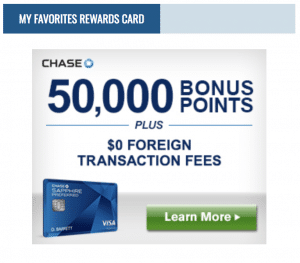
Make and sell digital products: Many bloggers offer digital products and they are a good way to make money. Digital products offer an unlimited supply of inventory with a minimal cost associated with production (you can even outsource the creation of digital assets). Even if your products are priced low, as long as they sell, you’ll get recurring/passive income. Common samples of these products include ebooks and online courses. Easy Digital Downloads is our favorite plugin you can use to sell your ebooks and guides.

- Workshops: After growing a following and being recognized as an expert, you may be invited for speaking engagements or workshops that you can charge for.
Blog not making enough yet? Check out these 65+ ways to make money online on the side while you continue to grow your travel blog up to where hopefully one day it can financially support you.
This guide by Firstsiteguide includes a few more ideas if you are looking to start your travel blog.
How to Start a Travel Blog
A travel blog is a good way to document and share your love of travel, but it also brings about the potential for income. First decide whether you’ll be blogging for passion or profit, then follow these guidelines to help you with the specifics of how to start a travel blog.
Categories
Subscribe Now
10,000 successful online businessmen like to have our content directly delivered to their inbox. Subscribe to our newsletter!Archive Calendar
| Sat | Sun | Mon | Tue | Wed | Thu | Fri |
|---|---|---|---|---|---|---|
| 1 | 2 | 3 | 4 | 5 | ||
| 6 | 7 | 8 | 9 | 10 | 11 | 12 |
| 13 | 14 | 15 | 16 | 17 | 18 | 19 |
| 20 | 21 | 22 | 23 | 24 | 25 | 26 |
| 27 | 28 | 29 | 30 | 31 | ||
Recent Articles
-

Posted on : Jul 25
-

Posted on : Jul 07
-

Posted on : Apr 07
-

Posted on : Mar 19
Optimized my.cnf configuration for MySQL 8 (on cPanel/WHM servers)
Tags
- layer 7
- tweak
- kill
- process
- sql
- Knowledge
- vpn
- seo vpn
- wireguard
- webmail
- ddos mitigation
- attack
- ddos
- DMARC
- server load
- Development
- nginx
- php-fpm
- cheap vpn
- Hosting Security
- xampp
- Plesk
- cpulimit
- VPS Hosting
- smtp
- smtp relay
- exim
- Comparison
- cpu
- WHM
- mariadb
- encryption
- sysstat
- optimize
- Link Building
- apache
- centos
- Small Business
- VPS
- Error
- SSD Hosting
- Networking
- optimization
- DNS
- mysql
- ubuntu
- Linux













